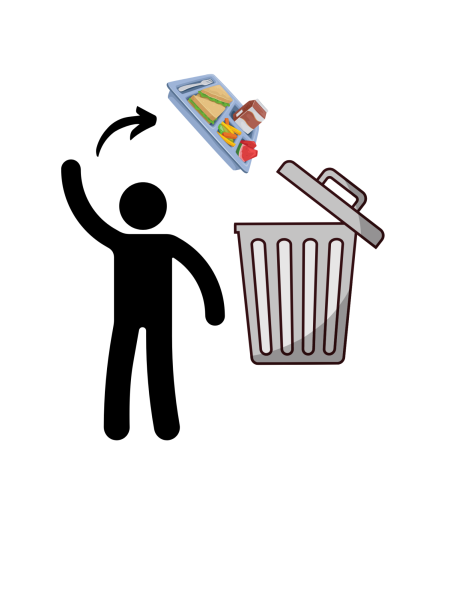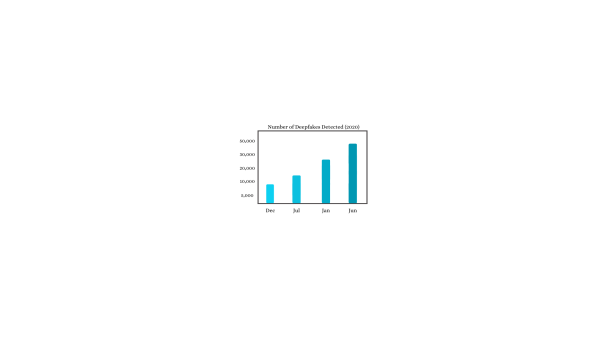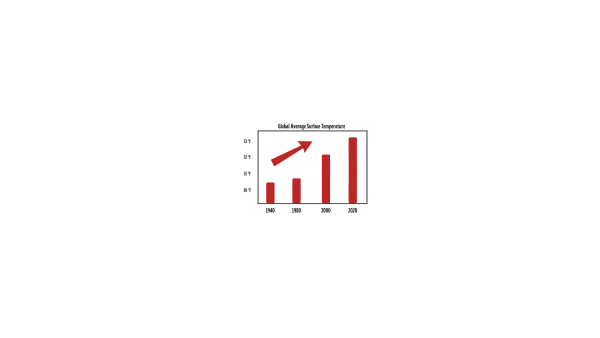How Do You Feel About the New SAT?
For years, High School juniors and seniors all around the United States have
crammed, studied, and stressed for the one test that would be a factor in where they
would attend college. This year, however, the test has been changed drastically.
The SAT first began in 1901 when a group of leading American universities
became concerned about the lack of a universal way to determine if students were
prepared for college-level course work. They formed the College Entrance
Examination Board and soon created the first SAT. This test is offered many times a
year and can be retaken if a student does not like their first score.
In 2016, the College Board will be officially changing the content, format and
scoring of the test. The test will now more accurately reflect the reading and math
skills students will need and encounter in college and their future work lives. Not
only will the new SAT be shorter, it will be out of 1600 instead of 2400, how the test
used to be before it changed in 2005.
Junior Hope Georgiou said, “I’m going to take the new SAT because I think is
great how we don’t get deducted for getting a wrong answer. I already started prep
for the new SAT and I know the material is a little tougher but it’s only out of 1600
instead of 2400.”
Although many current High School juniors are upset over the changes, due
to the element of surprise it brings to the test and the fact that it come at an
inconvenient time, and have decided to take the ACT instead of the SAT, others are
willing to take on the challenge.
Juliana Bidondo-Yore, a junior at PVHS, sees the new SAT as more of an
obligation. She said, “I will take the new test because I haven’t prepared enough for
the old one and the new one is more convenient.”
Junior Austin Lowi had a similar view on the new SAT as Bidondo-Yore,
stating, “I will take the new test because the new SAT will be out when my time
comes to take it, although I wish the changes had not been made because they were
a large surprise to the entire junior class.”
Although many juniors are taking the new SAT, the question remains on
whether more will decide to opt out of it and take the ACT instead.
Junior Madison Alesso said, “I am taking the ACT instead of the SAT because
it will not be changing, therefore tutors will know how to help me prepare because
they have taken the same test.”
The ACT has remained constant, and therefore he students know how to
prepare based on help and information from tutors and other high school graduates
who have taken the test. Also, as has happened many times in the past, students will
take both the SAT and the ACT, as many understand that colleges will accept their
highest score from either test.
Junior Alana Groves had a different approach to her testing experience; she
has already taken the old SAT, earlier than most of her classmates. “The tutor I was
planning on using to help me prepare for the test took the test thirty six times with a
perfect score,” Groves said. “I figured it would be in my best interests to continue to
have him tutor me and take the SAT before it changed.”
Junior Sage Vetterlein has decided to take the ACT instead of the new SAT. “I
just like the format of the ACT better and the tutoring place I was planning on going
to recommended the ACT instead of the SAT for me,” Vetterlein explained.
The old SAT will be administered for the final time in January of 2016. The
new SAT will be administered for the first time in March of 2016. This gives
students a final chance to take the old SAT in 2016 before it is gone. Although most
graduating seniors have already finished taking the SAT their desired amount of
times, many juniors have yet to begin taking the SAT and ACT, and will therefore not
have much of an opportunity to take the old SAT.
On the new SAT, students can expect an increased emphasis on critical
thinking, problem solving, and data analysis. Also, they can expect to encounter
seven key changes. These changes include scoring, anatomy, timing, administration,
essay, math, and reading and writing. The test will now have four answer choices for
multiple-choice questions instead of five and will have no wrong-answer penalty.
Also, the essay is optional and the test will be available digitally. The math section
will concentrate more on problem solving, data analysis, and Algebra.
Juniors are ready to take on the challenge of this new test, hoping the
changes will work in their favor. Whether the reason they are taking the test be that
it is more convenient or that they are ready to take on the challenge, many juniors
are preparing for this altered test.








